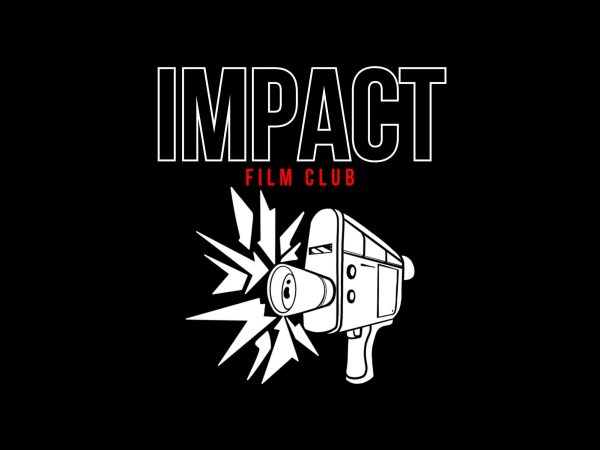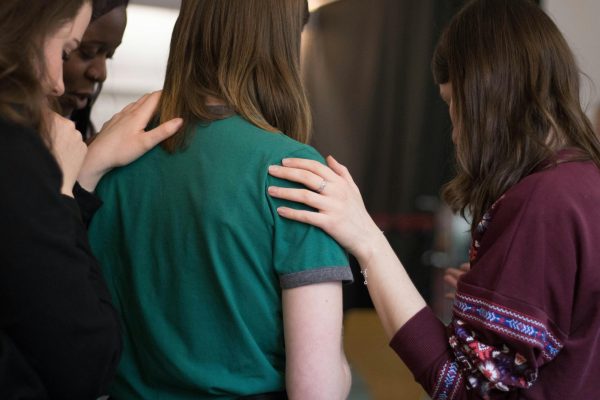Art gallery shows depravity
The latest show in the Biola art gallery shows the depths of human depravity and emotion.
September 8, 2010
In my high school days, as an act of teenage fist shaking, I wrote a brief poem of outrage aimed towards our Biblical parents, Adam and Eve. Frustrated by humankind’s continual failures and follies, I bemoaned the state of catastrophe they had plunged us all into. I venomously accused the ancestral duo of abandoning us in “pubic disarray,” referring to both Eve’s damnation to painful childbirth and humanity’s habitual tendency to follow its lustful urges.
In other words, we are pulled towards carnal desires from the very moment we exited the womb. I mourned–– albeit a bit melodramatically–– our fallen nature. I grieved and still grieve the sin that has been bred into us, generation after generation.
When I first read the name and concept behind the art gallery’s current show, “Dark Inheritance: Purposeful Dislocation,” my mind sprang back to those words from my adolescence. The show does not shirk away from openly discussing the inheritance of sin and fallen human nature – and why should it? I doubt anyone can deny the nauseating amount of decay and sickness we collectively thrust ourselves into day after day.
A number of the included works make use of rust and corrosion, a direct reference to the shambles of the human condition. Artist Leroy Schmaltz’s works in assemblage incorporate tattered and defunct bits of mechanics, computer parts and bric-a-brac.
Schmaltz’s “My Best is Worthless in God’s Sight,” a dilapidated and blackened wooden cross bearing bits of tarnished toys and other paraphernalia, directly demonstrates the folly of material attachment.
In “Unconscious Forgetfulness,” sculptor William Catling strings bits of metal, ruddy twigs and railway spikes, among other things, to an oxidized chord of barbed wired. The wire is bound around an armless kneeling figure of clay, the mouth locked open in a silent scream, clearly suffering from tetanus of the soul.
Knick-knacks are found once again in Marianne Lettieri’s transformed garments. “Mantle of Iniquities” features a crucified and crimson robe encrusted with toys and other small objects, all colored red. They are stand-ins for the trivialities stitched onto the fabric of life, banalities accrued by the groping hand of human greed.
Yet there are flashes of hope in the murky depths of depravity. In the aerial photographs of Tony Lamb, the barren and destitute patches in the Southern Californian landscape reveal abstract patterns of subtle beauty. Perhaps from a higher vantage point, the parched and abandoned plots of the human wasteland, in states of neglect and disarray, interlock into a stunning design, impossible to see from ground level.






